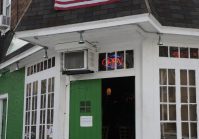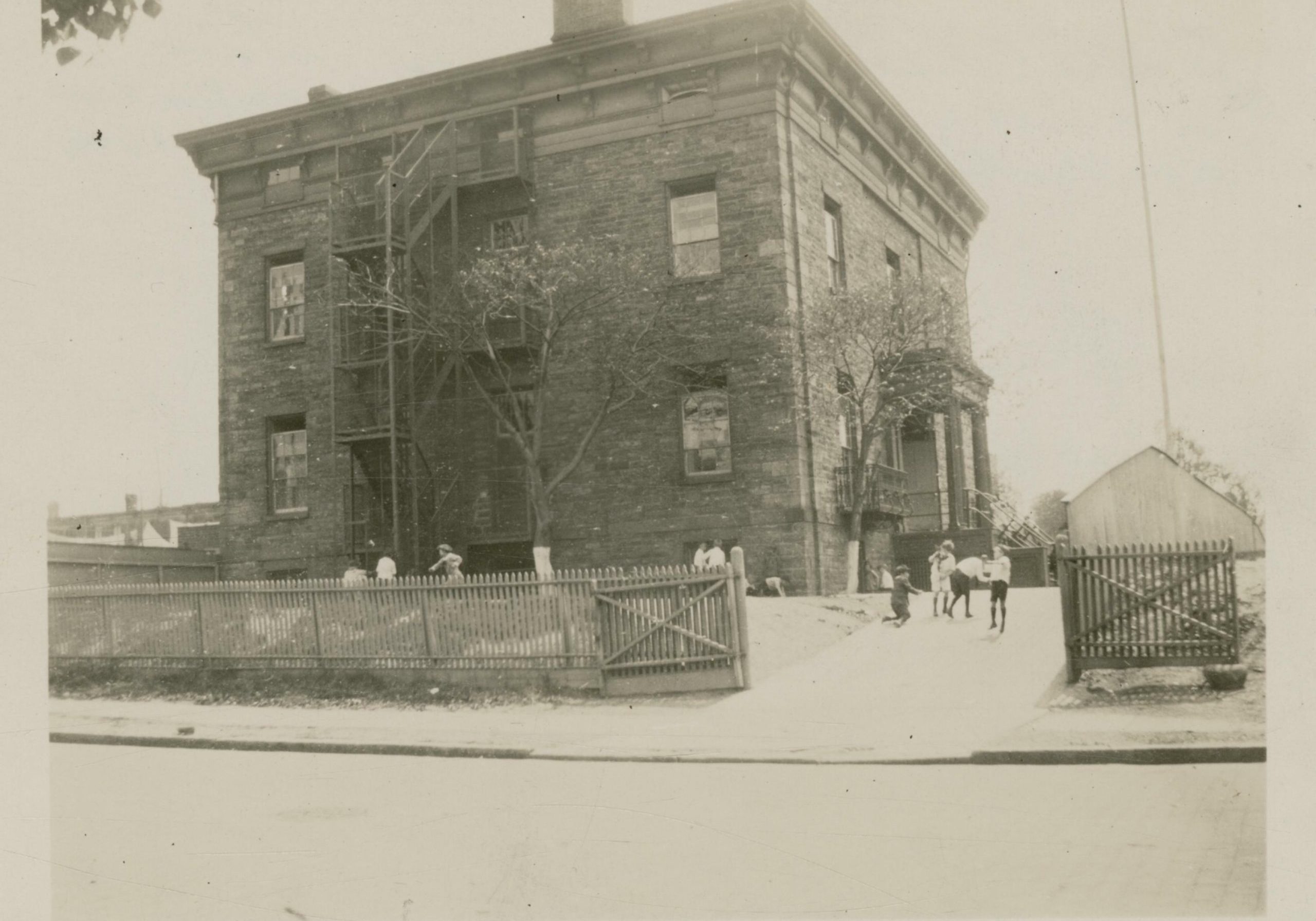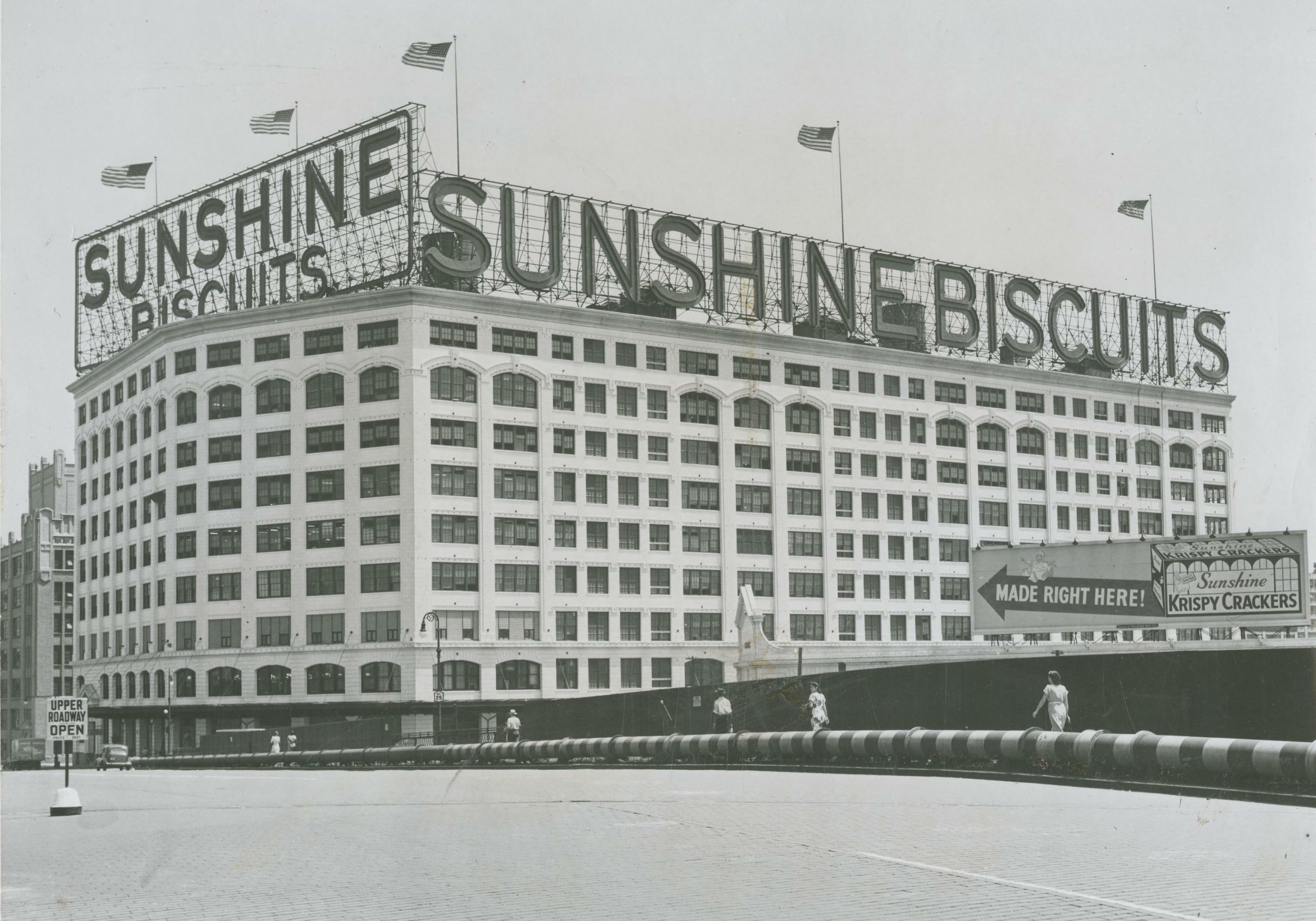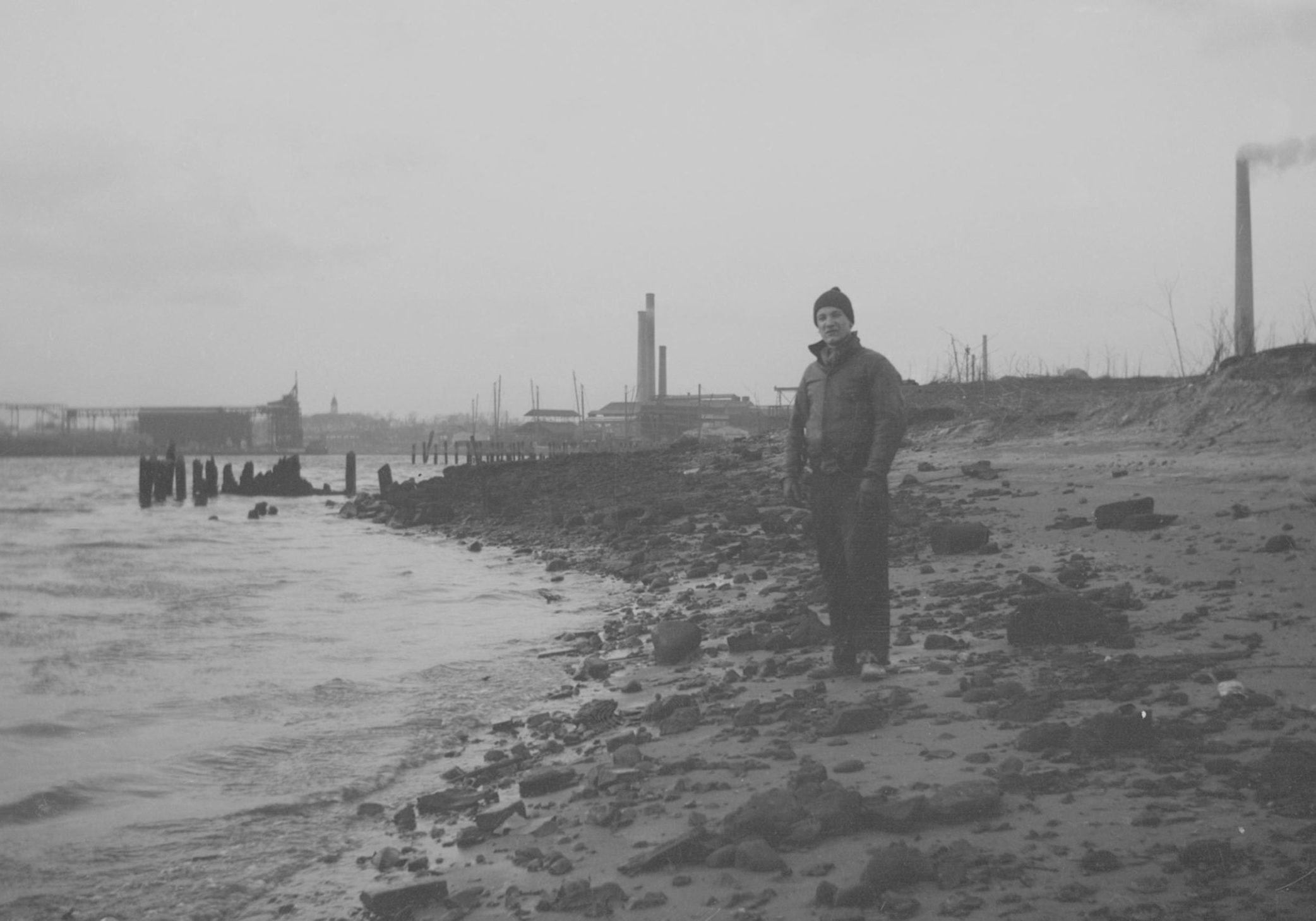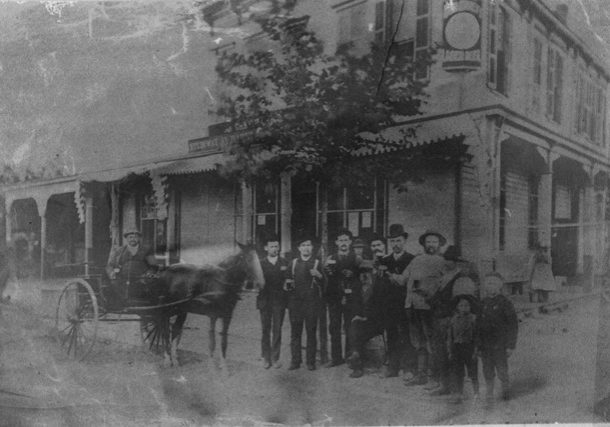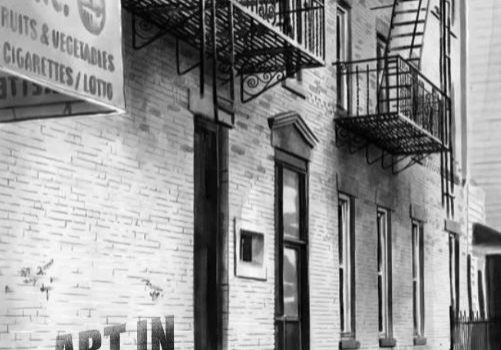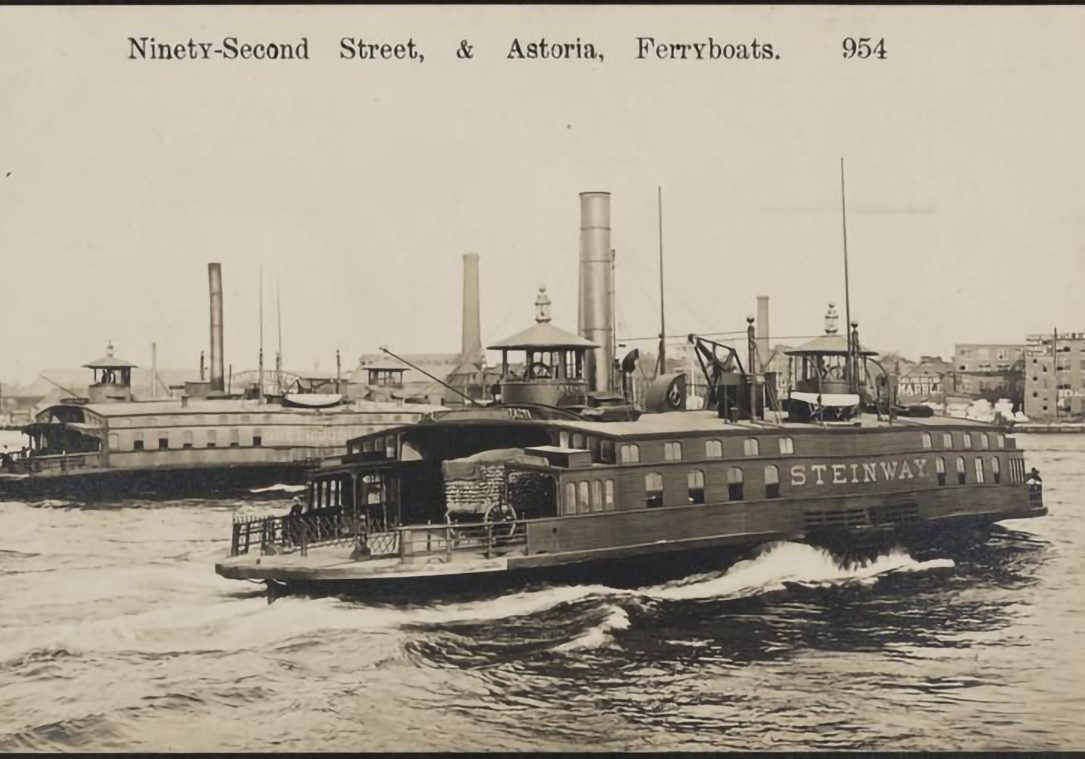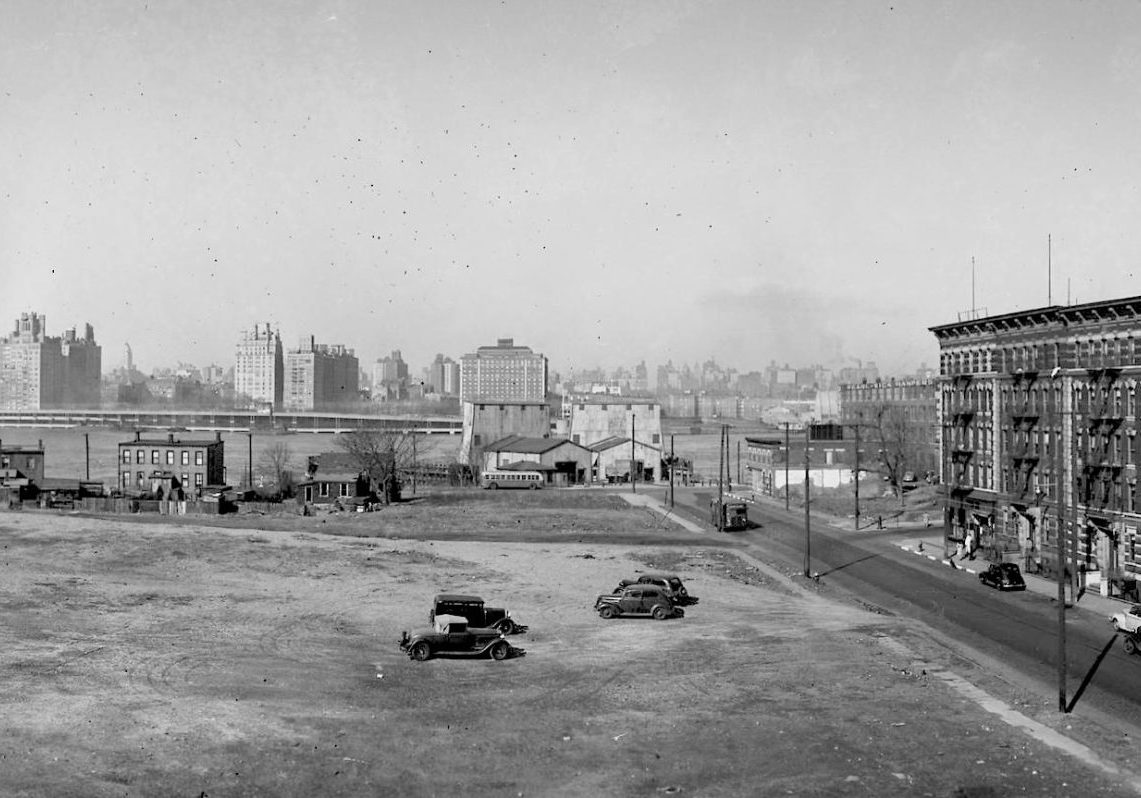Road to Astoria: Building the Grand Central Parkway
For many Astorians the Grand Central Parkway is a modern day yellow brick road winding itself back home to Oz for weary travelers returning from Long Island or abroad via LaGuardia Airport.
It’s fascinating to know that the idea for a ‘grand’ parkway began just after the Civil War ended in 1865. Frederick Law Olmsted, creator of Central Park and other notable parklands across the city, conceived a system of parks connected by a new type of road called a parkway. The parkways’ scenic qualities made them extensions of the parks they were connecting.
To accommodate the increasing number of people traveling by horse drawn coaches, parkway traffic was divided according to purpose. The center roadway was reserved for private through traffic, and local and commercial wagons were to be routed along parallel side roads or service roads. Olmstead drew up numerous plans for a parkway system but he died in 1903 with only one project, Brooklyn’s Eastern Parkway, fully realized. Ironically it was that very same year when horse drawn carriages and stagecoaches began to fade away as a new type of transportation, the automobile, exploded onto the American popular culture scene.
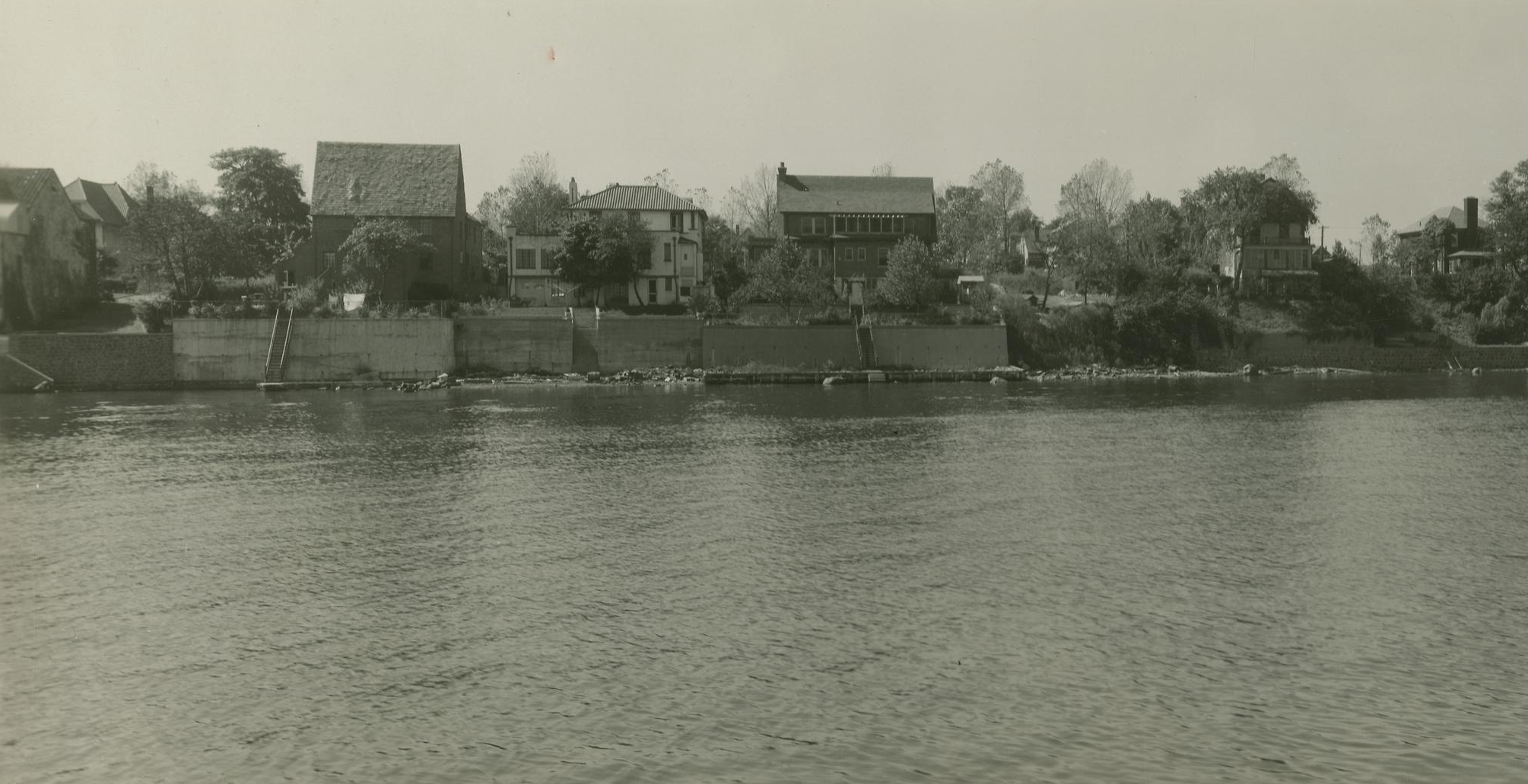
Three decades later, inspired by Olmsted, Long Island State Parks Commission Chairman Robert Moses lobbied for the construction of the Grand Central Parkway in 1930. The roadway was funded in part by the New Deal public works project. Moses developed a parkway plan in 1924, allowing increased automobile access to the five boroughs and upstate New York and even Long Island. It also allowed for a closer integration of outlying city areas and unrivaled access to recreation areas. In total, the plan eventually built 16 parkways in the New York metropolitan area. The original design called for graceful masonry bridges, specimen trees, rustic wooden railings and light poles and sweeping landscapes.
This parkway’s construction began in July 1931, following a ceremony led by Governor and future U.S. President Franklin D. Roosevelt and Robert Moses. Construction took place in two stages with the first section (Queens Boulevard to the Nassau County Line) completed in July 1933. In 1936, builders completed the second section, which extends from the Interborough Parkway to the Triborough Bridge. In the same year, the Interborough and Laurelton Parkways were completed, along with the Triborough Bridge itself. It was that second phase which. Proved to be the most daunting. Long before the parkway made its way passed LaGuardia Airport heading west towards the Hoyt Avenue Exit, the entire area was covered with water.
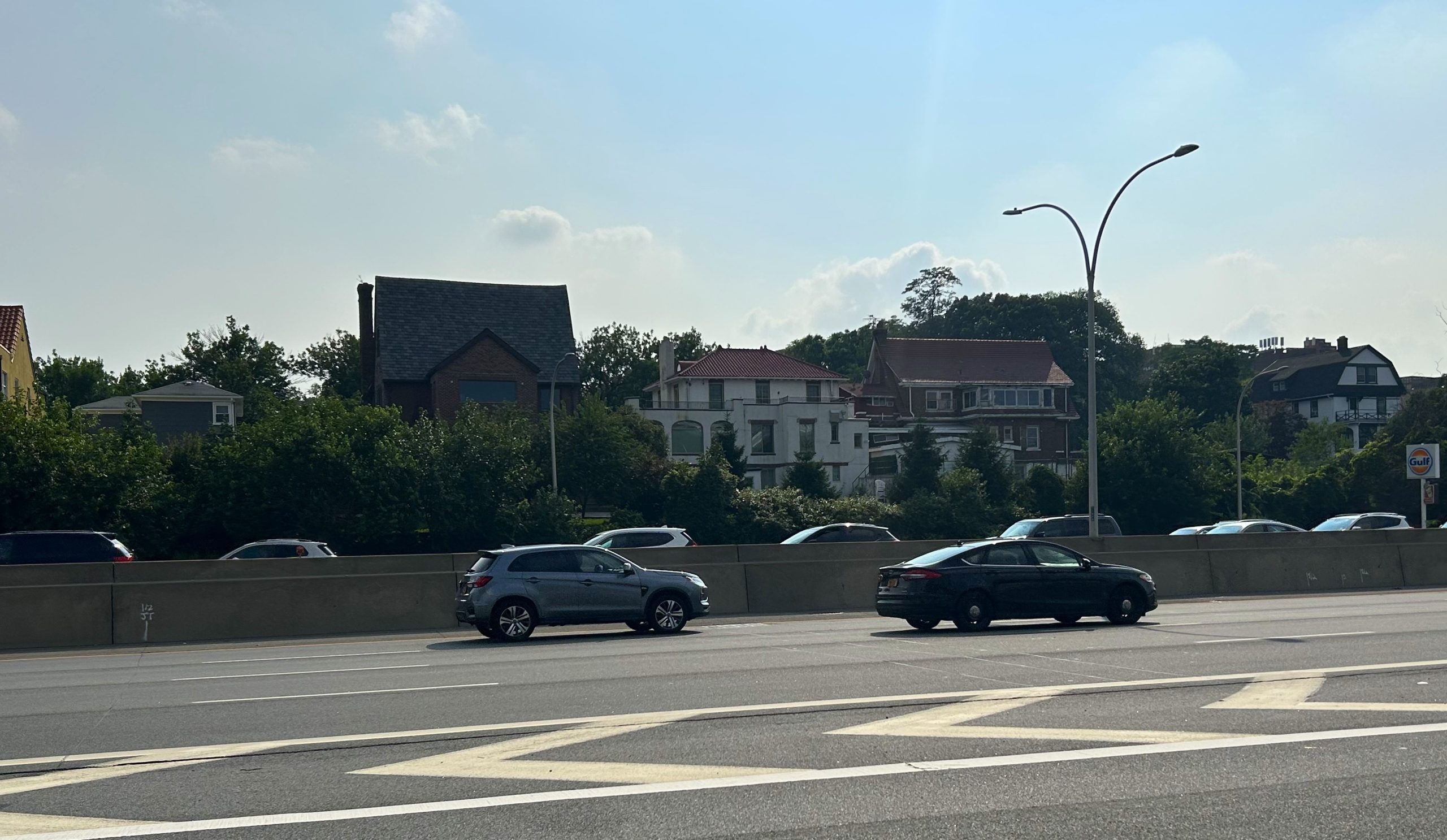
The Jackson Mill Creek which was fed by the Flushing Bay flowed alongside Astoria Boulevard and upper Ditmars Boulevard where the homes of the rich and famous like Ella Fitzgerald had a commanding view of the bay and steps led down from their properties to the private beaches below. Moses once again parted the waters. This time with the help of the Army Corps of Engineers who pushed the beachhead back some four hundred years from the shoreline. The Grand Central Parkway now extends from the Triborough Bridge to the Northern State Parkway, forming a contiguous link between The Bronx, Manhattan, and Long Island. Spanning 14.6 miles, the thoroughfare’s construction cost more than $12 million in Depression era money. The parkway now accommodates more than 130,000 vehicles per day.









